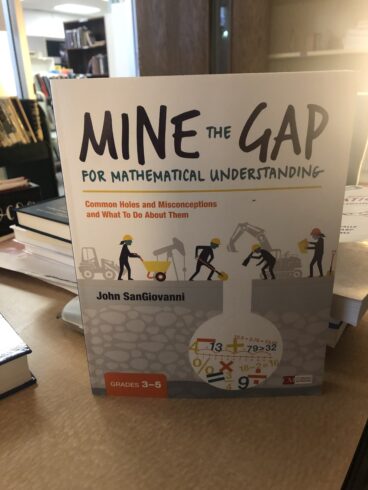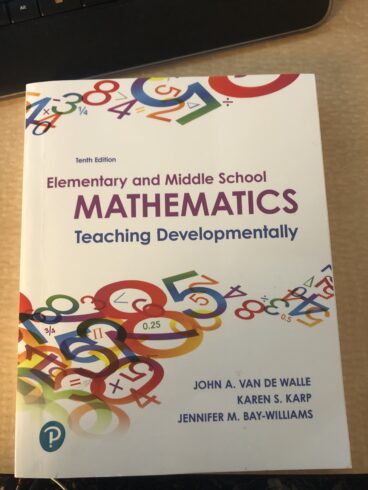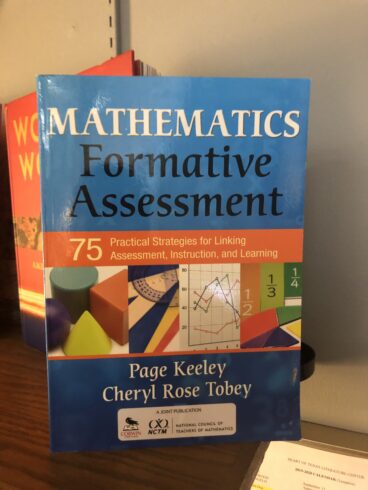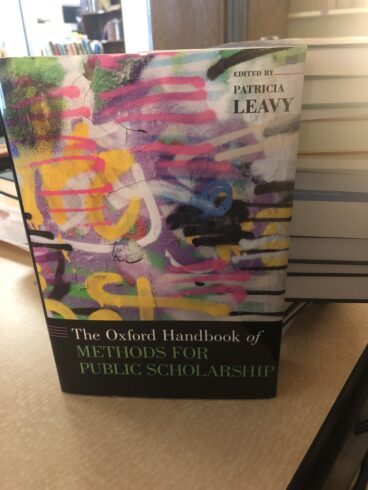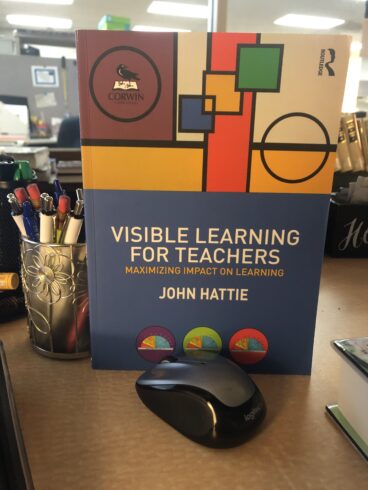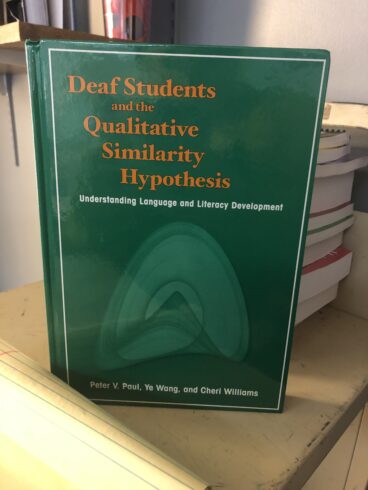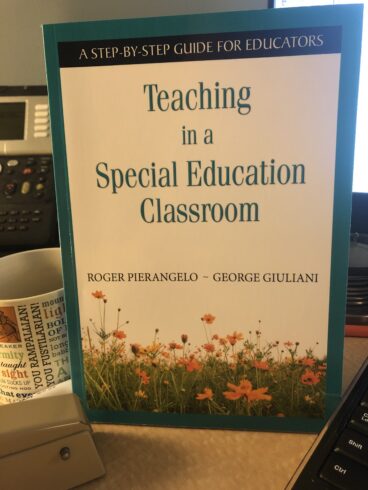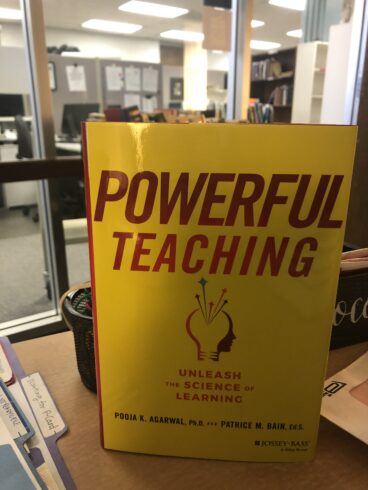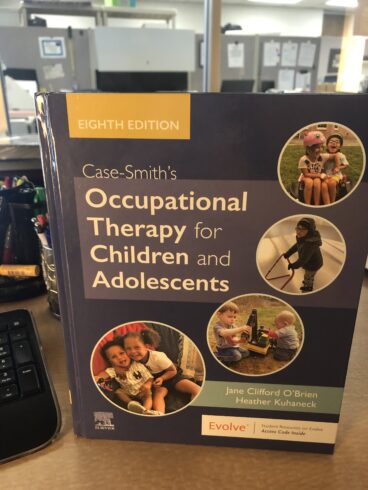
Focusing on children from infancy to adolescence, the 8th Edition provides comprehensive, full-colour coverage of pediatric conditions and treatment techniques in all settings. Its emphasis on the application of evidence-based practise includes eight new chapters, a focus on clinical reasoning, updated references, research notes, and explanations of the evidentiary basis for specific interventions. Coverage of new research and theories, new techniques, and current trends, with additional case studies, keeps you in-step with the latest advances in the field. Developmental milestone tables serve as a quick reference throughout the book!

